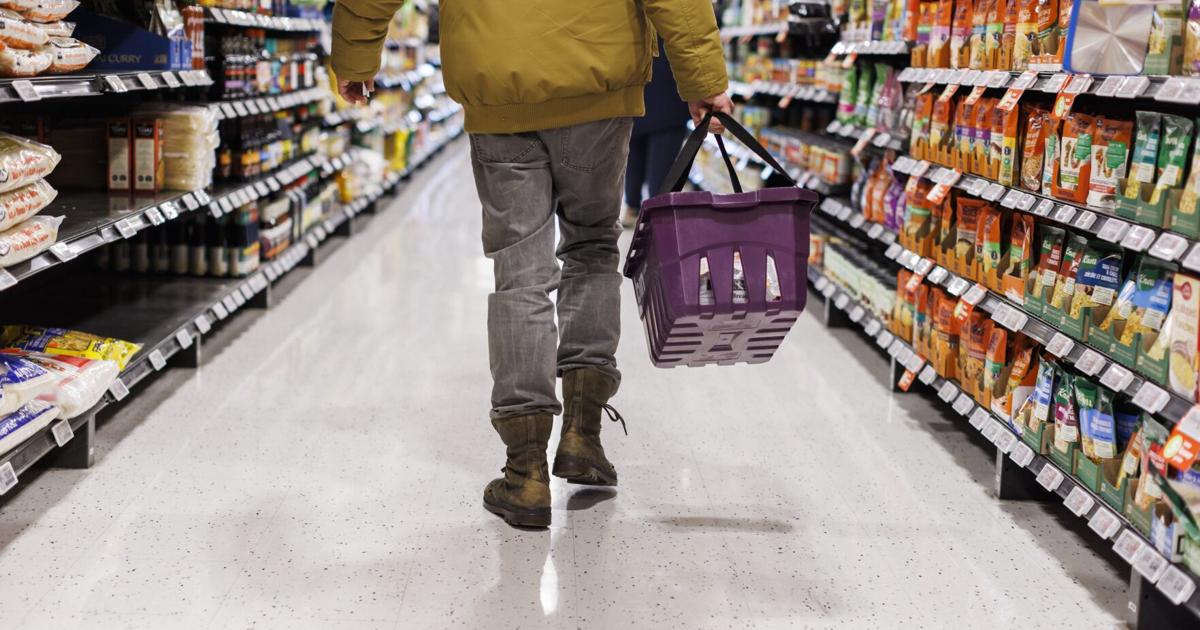By Ana Pereira
Copyright thestar

Canadian inflation rose in August — but the door remains open for a Bank of Canada rate cut on Wednesday morning, economists say.
The annual rate of inflation climbed to 1.9 per cent from 1.7 per cent in July, Statistics Canada reported Tuesday. Many experts expected inflation to come in slightly higher at two per cent in August.
The cooler-than-predicted inflation numbers landed a day before the Bank of Canada’s scheduled interest rate announcement. Economist reactions early Tuesday indicated they are continuing to bet that the bank will cut rates.
As of last week, economists were forecasting the central bank would cut the policy rate by 25 basis points, bringing it to 2.5 per cent from its current 2.75 per cent.
“The Bank of Canada should have room to cut at its meeting tomorrow,” said TD economist Andrew Hencic, in a note to clients on Tuesday.
“The economy continues to show signs of waning momentum as the unemployment rate ticks higher and job losses accumulate. Moreover, the termination of many retaliatory tariffs will help provide some offset to price pressures.”
Prime Minister Mark Carney scrapped tariffs on American goods that comply with the Canada-U.S.-Mexico trade agreement late August.
Douglas Porter, economist at BMO, said in his note to clients that higher inflation in August shouldn’t “cause the Bank of Canada much stress,” adding that the central bank is on track for a cut.
According to StatCan, lower costs of travel tours to international destinations and price cuts to fresh fruit last month helped to keep inflation from rising more.
Cheaper travel tours were partly a result of lower demand for destination cities in the U.S., according to the agency.
“It’s not necessarily the Canadians that are driving the price, but rather all visitors, including American tourists, who are going to those places,” explained Andrew Barclay, economist at StatCan.
Prices of fruit and vegetables tend to fluctuate due to several factors, including weather in the country of origin, according to StatCan.
Prices at the pump fell year over year, but at a slower pace than in July, helping drive headline inflation in August higher.
At the same time, prices for meat grew at a faster rate, rising 7.2 per cent year over year in August versus 4.7 per cent in July. Ground beef and several processed meat categories contributed the most to the upward movement, StatCan said.
Barclay attributed the price increases in beef products to fewer cows being slaughtered in North America as a result of harsh droughts in recent years. The droughts drove up the price of feed, which, in turn, caused some farmers to leave the business or sell their cows.
“What we’re seeing is sustained demand, but fewer cows available,” he said.
Prices for clothing and footwear also went up, according to StatCan. Barclay said the reason could be linked to how brands are responding to uncertainty around tariffs.
“As everyone knows, the American tariffs on some of the producing countries have obviously impacted prices there,” said Barclay. “But what some of those big international firms are doing is, rather than raising prices on only American consumers, they’re raising prices across all consumers.”
Overall, rent prices slowed to 4.5 per cent in August from 5.1 per cent in July. In Ontario, that number was 3.2 per cent in August versus 4.2 per cent the month prior. Much of the deceleration was driven by the Toronto rental market, said Barclay.
A glut of condos flooding the market, fewer international students in college towns and higher youth unemployment could be behind the provincial trend, he added.



